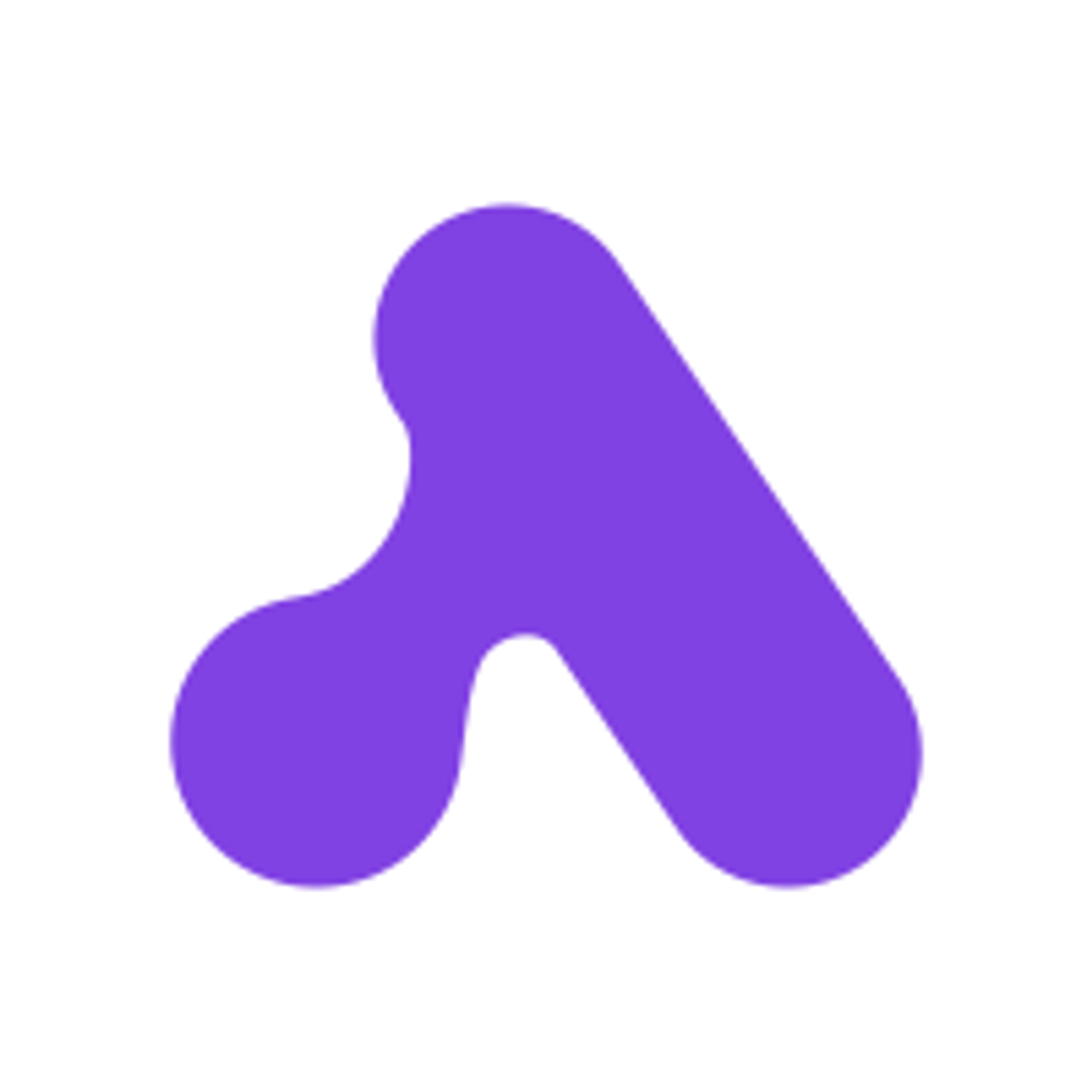What are Webhooks?
Imagine you're waiting for a package. Instead of constantly checking the tracking website, wouldn't it be great if the delivery service just sent you a message as soon as your package arrived? That's essentially what Webhooks do in the digital world.
Webhooks are automated messages sent from apps when something happens. They're a way for apps to communicate with each other. It's like a phone call to your software, saying, "Hey, something changed. You might want to look into this."
How do Webhooks work?
Webhooks are all about "event reactions." When an "event" (like a new user signup or a payment) happens in one system, it triggers a Webhook. This Webhook then sends data to another URL - usually another system that's set up to listen for these calls. It's a bit like an API call, but instead of you asking for data, the data comes to you when something happens.
How are Webhooks used at Chatwith?
Chatwith chatbots can call Webhooks of other services that listen for those calls and do something with them. For example, this could be:
- Automation services like Zapier, Make.com, ActivePieces, Integromat
- Your backend API
- Applications like Slack or Shopify
Follow one of our guides to get started with Webhooks: ActivePieces & Google Sheets for AI chatbot with data access
